Mountains have always held a special place in the human imagination, often viewed as sacred, mystical, or even the dwelling places of gods. Across the world, certain peaks have been revered not just for their towering beauty but for the legends and spiritual significance that surround them. These legendary mountains are woven into the fabric of local myths, religious practices, and cultural traditions, serving as powerful symbols of nature’s grandeur and mystery. In this article, we’ll take you on a journey to explore the top 15 most legendary mountains with mystical significance, uncovering the stories and beliefs that make these peaks more than just natural wonders—they are timeless monuments to humanity’s quest for meaning and connection with the divine.
Mount Kailash (Tibet)
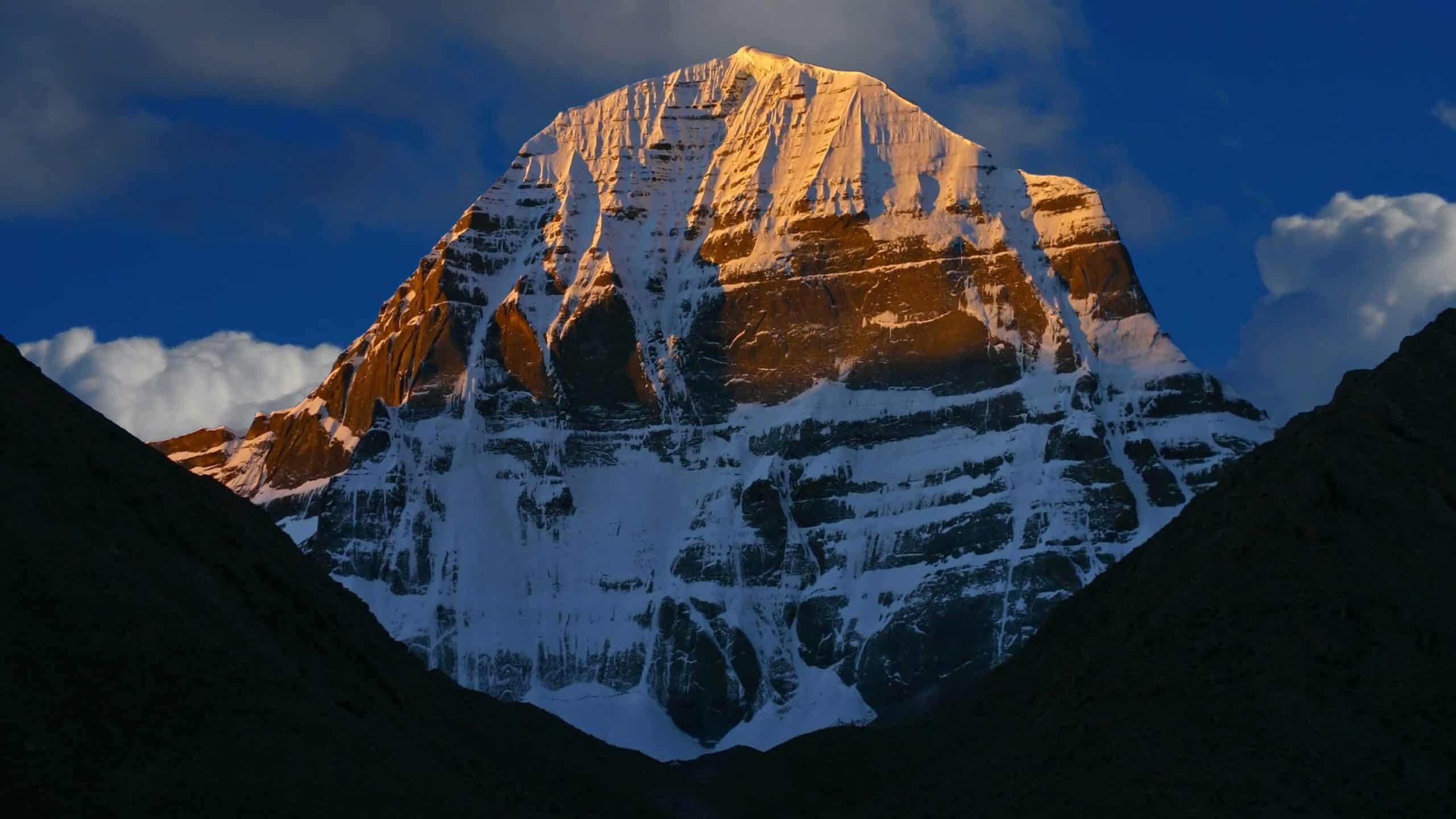
Mount Kailash, towering at 21,778 feet in the Transhimalaya range of Tibet, is widely regarded as one of the most sacred mountains in the world, with deep religious significance across multiple faiths—Hinduism, Buddhism, Jainism, and Bon. In Hinduism, it is believed to be the earthly abode of Lord Shiva, who sits in eternal meditation on its peak, accompanied by his consort, Parvati. For Buddhists, Mount Kailash is considered the home of the tantric deity Demchok, representing supreme bliss. Jainism holds that it was here that their first Tirthankara, Rishabhadeva, attained enlightenment. In Bon, the ancient pre-Buddhist religion of Tibet, the mountain is regarded as the seat of the sky goddess Sipaimen. Despite its immense spiritual significance, climbing Mount Kailash is forbidden, and instead, thousands of pilgrims undertake a challenging 32-mile circumambulation of its base every year, a journey believed to cleanse the soul and erase the sins of a lifetime. The mountain’s mystical aura and its status as a revered pilgrimage site across so many different cultures and religions make it one of the most legendary and spiritually potent mountains on Earth.
Mount Fuji (Japan)
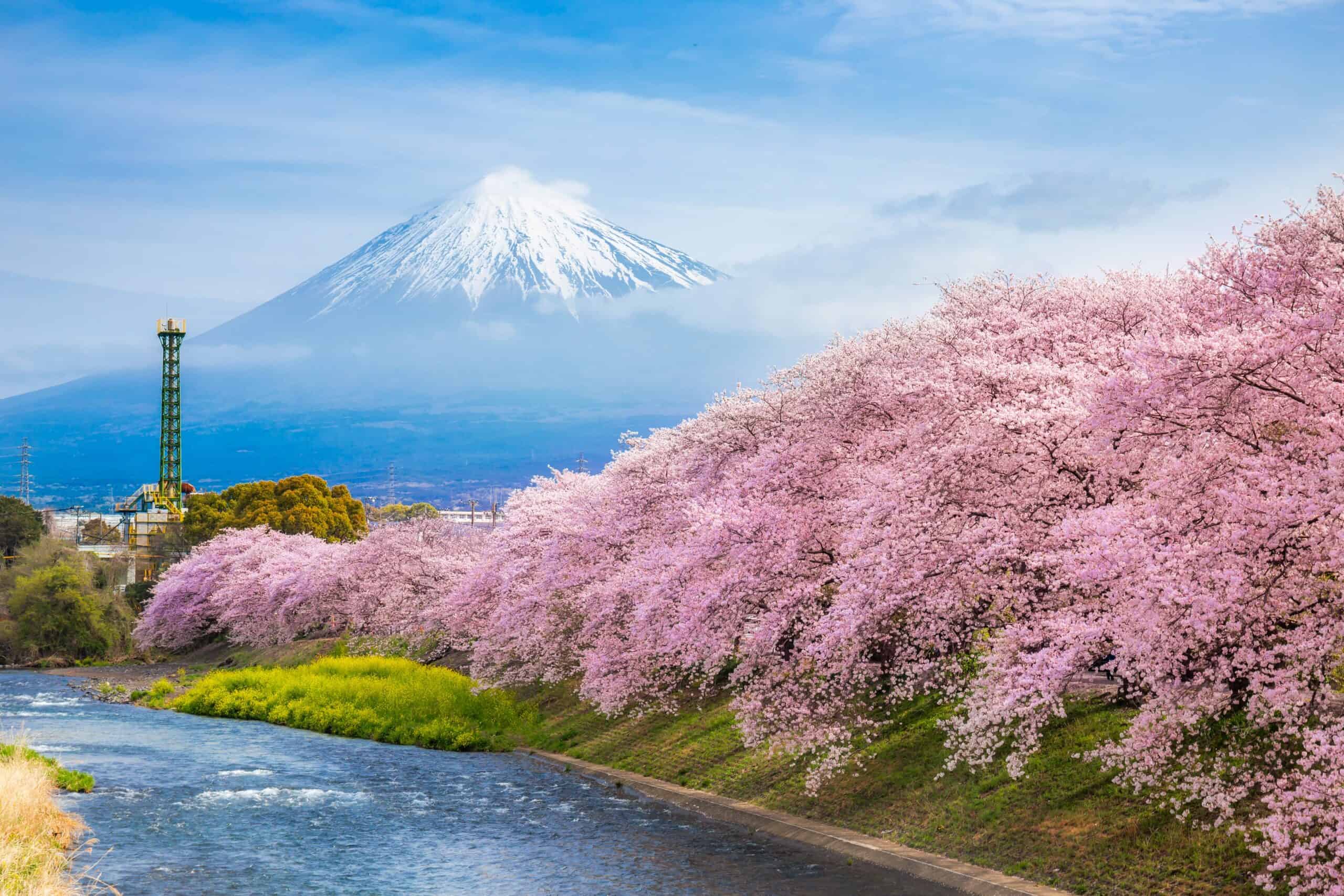
Mount Fuji, the tallest mountain in Japan at 12,389 feet, is not only a natural wonder but also a profound cultural and spiritual symbol. An active stratovolcano, Fuji-san, as it is known in Japan, has inspired artists, poets, and religious devotees for centuries. In Shinto, Japan’s indigenous religion, Mount Fuji is revered as the home of the goddess Sengen-sama, who is enshrined at its base and summit. The mountain is also central to several Buddhist sects, particularly in the Fuji-kō faith, which regards it as a divine being and a place of spiritual pilgrimage. Climbing Mount Fuji is considered an act of worship, and thousands of pilgrims and tourists ascend its slopes each year, often beginning the trek at night to reach the summit by sunrise—a moment believed to bring good fortune and spiritual renewal. The mountain’s nearly symmetrical cone shape, its cultural significance, and its portrayal in countless works of art, such as Hokusai’s iconic woodblock prints, have cemented its status as a national symbol of Japan, embodying both the beauty and spiritual depth of the country.
Mount Olympus (Greece)
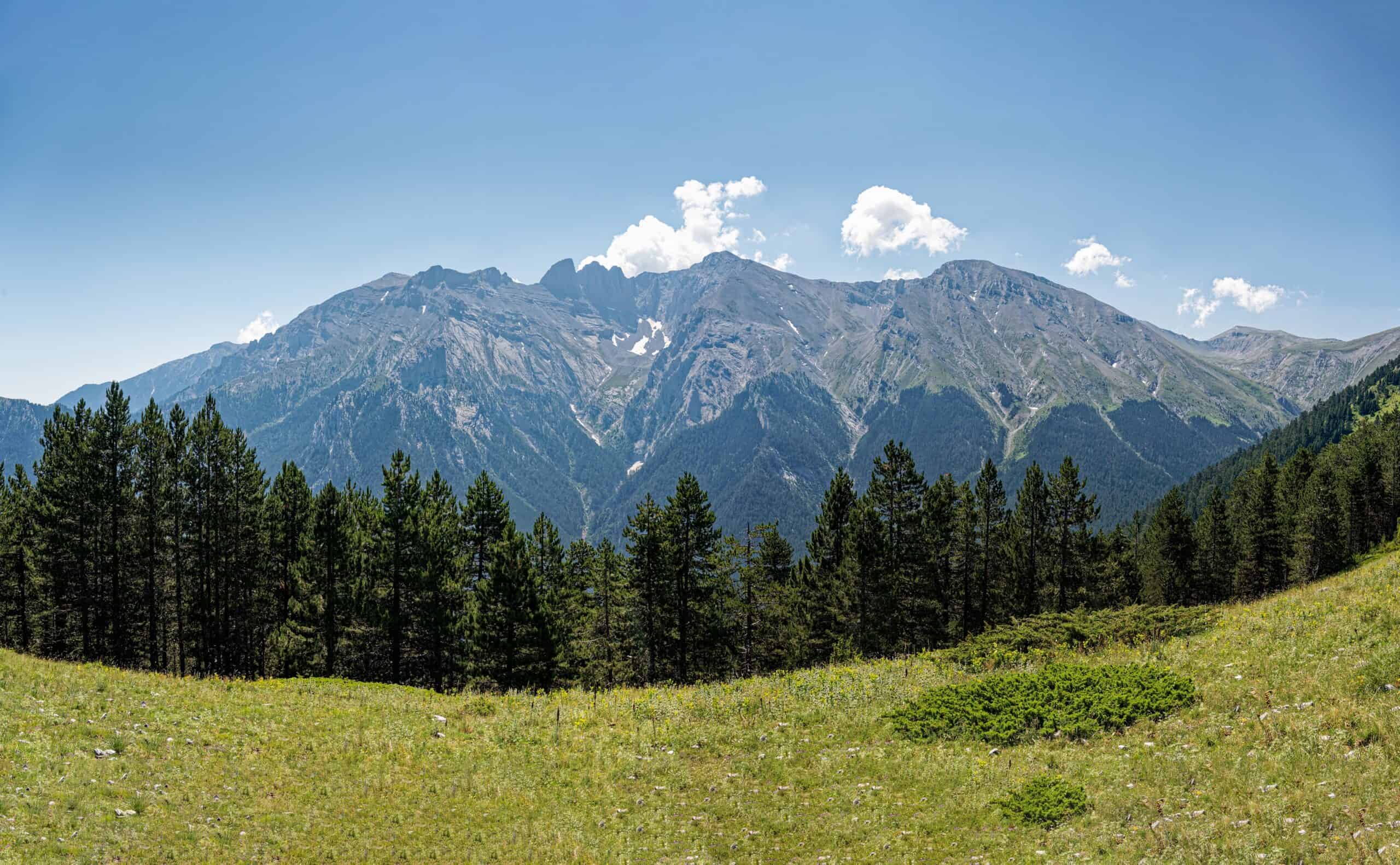
Mount Olympus, rising to 9,573 feet, is the highest peak in Greece and holds a unique place in Greek mythology as the home of the Olympian gods. According to ancient Greek belief, this majestic mountain was the throne of Zeus, the king of the gods, and the site where the gods convened to discuss the fate of humanity. Olympus was seen as a divine realm, separated from the mortal world by clouds and difficult terrain, making it inaccessible to ordinary people. The mountain’s many peaks and remote location contributed to its mystical reputation, and it was believed that only the most pious or heroic mortals could approach its heights. Today, Mount Olympus is part of the Olympus National Park, a UNESCO Biosphere Reserve, attracting climbers, hikers, and myth enthusiasts from around the world. The allure of Mount Olympus lies not only in its natural beauty but also in its rich cultural history, as the stories of the gods and heroes who were said to dwell on its slopes continue to captivate the imagination, making it one of the most legendary mountains in the world.
Mauna Kea (Hawaii, USA)
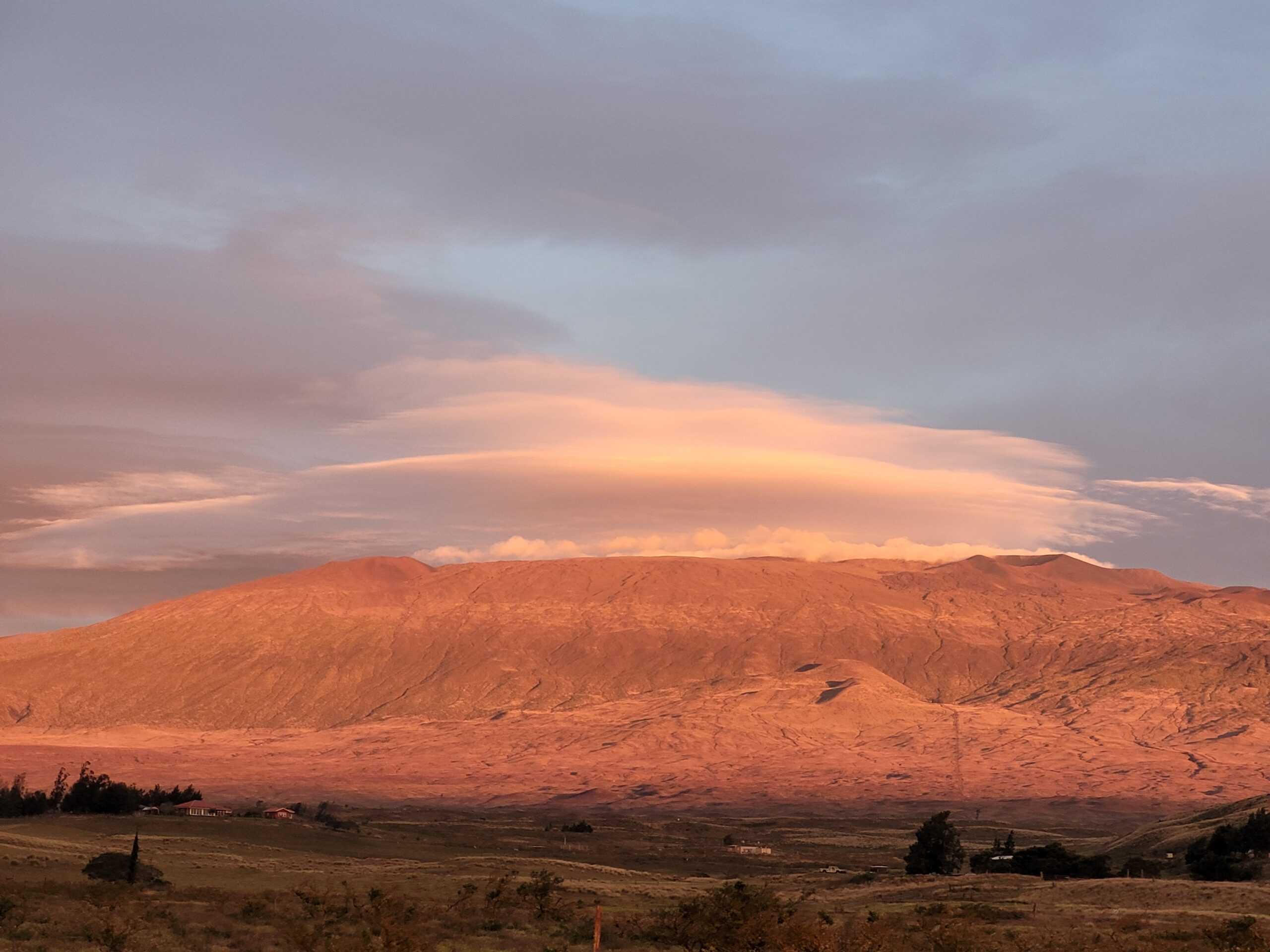
Mauna Kea, a dormant volcano on Hawaii’s Big Island, stands 13,796 feet above sea level, making it the highest point in the Pacific. However, if measured from its base on the ocean floor, Mauna Kea’s height exceeds 33,000 feet, making it the tallest mountain on Earth. In Hawaiian culture, Mauna Kea is much more than a towering peak; it is a sacred place deeply intertwined with the islands’ mythology and spirituality. Native Hawaiians, the Kanaka Maoli, regard Mauna Kea as the abode of the gods, the piko (navel) of the world, where heaven meets earth. It is also believed to be the birthplace of the Hawaiian people, created by the union of the sky god Wākea and the earth goddess Papahānaumoku. The mountain’s summit is dotted with shrines, and it remains a site for traditional ceremonies and offerings. Despite its spiritual significance, Mauna Kea is also a site of scientific research, home to some of the world’s most advanced astronomical observatories, which has sparked debates over the balance between cultural preservation and scientific advancement. Mauna Kea’s towering presence, both physically and spiritually, makes it one of the most legendary mountains in the world.
Mount Sinai (Egypt)
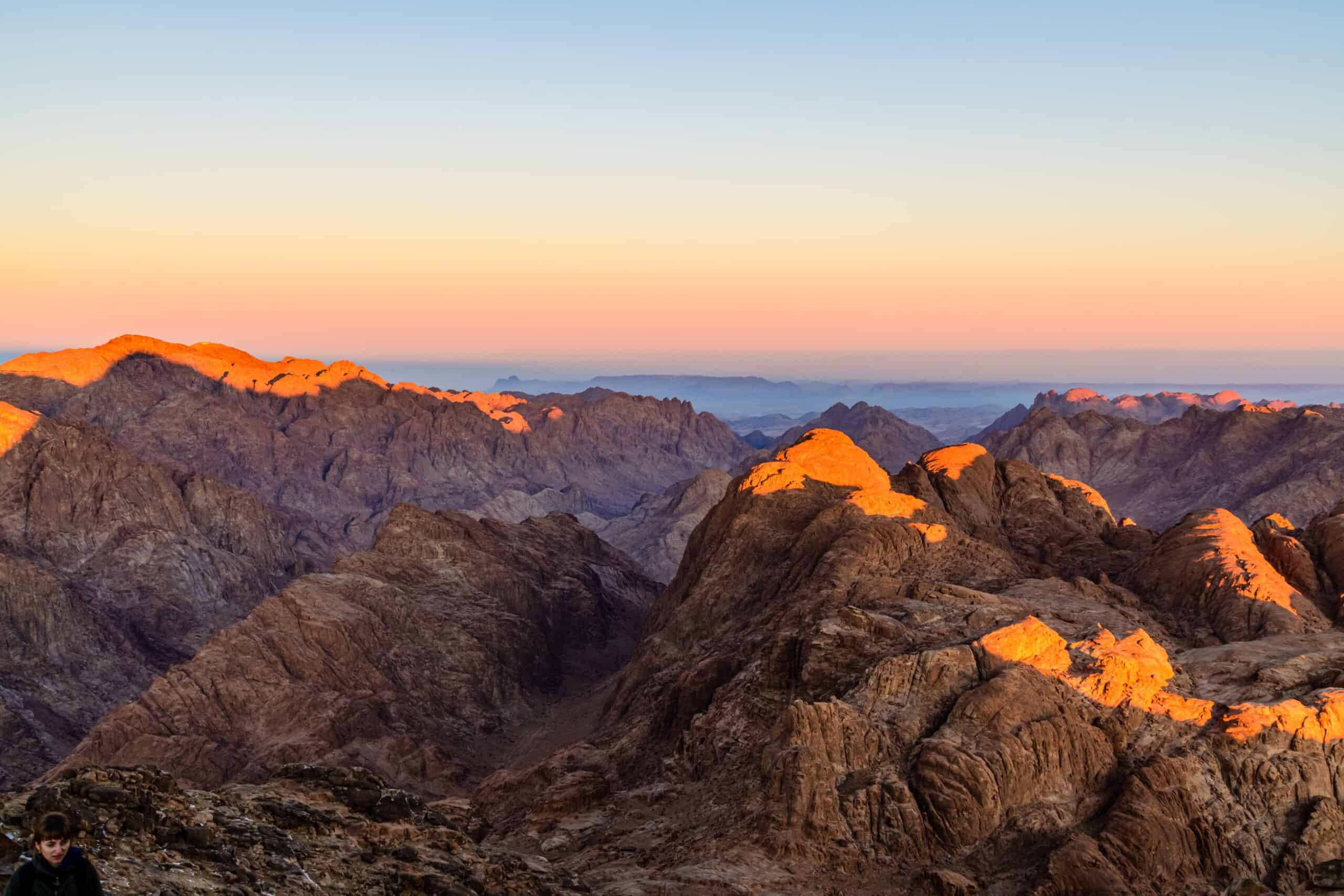
Mount Sinai, also known as Jebel Musa, rises to 7,497 feet in the Sinai Peninsula and holds profound significance in the Abrahamic religions—Judaism, Christianity, and Islam. According to the Bible, it was on this mountain that Moses received the Ten Commandments directly from God, making it a pivotal site in Jewish and Christian traditions. The Quran also mentions the mountain in relation to Moses, underscoring its importance in Islamic tradition as well. At the base of Mount Sinai lies Saint Catherine’s Monastery, one of the oldest working Christian monasteries in the world, founded in the 6th century and a UNESCO World Heritage Site. The mountain’s rugged terrain and the austere beauty of its desert landscape have made it a destination for pilgrims and spiritual seekers for centuries. Climbing Mount Sinai, especially at night to witness the sunrise from its summit, is a journey that many undertake as a form of spiritual reflection and connection with the divine. The combination of its historical, religious, and spiritual significance makes Mount Sinai one of the most legendary and revered mountains in human history.
Mount Shasta (California, USA)
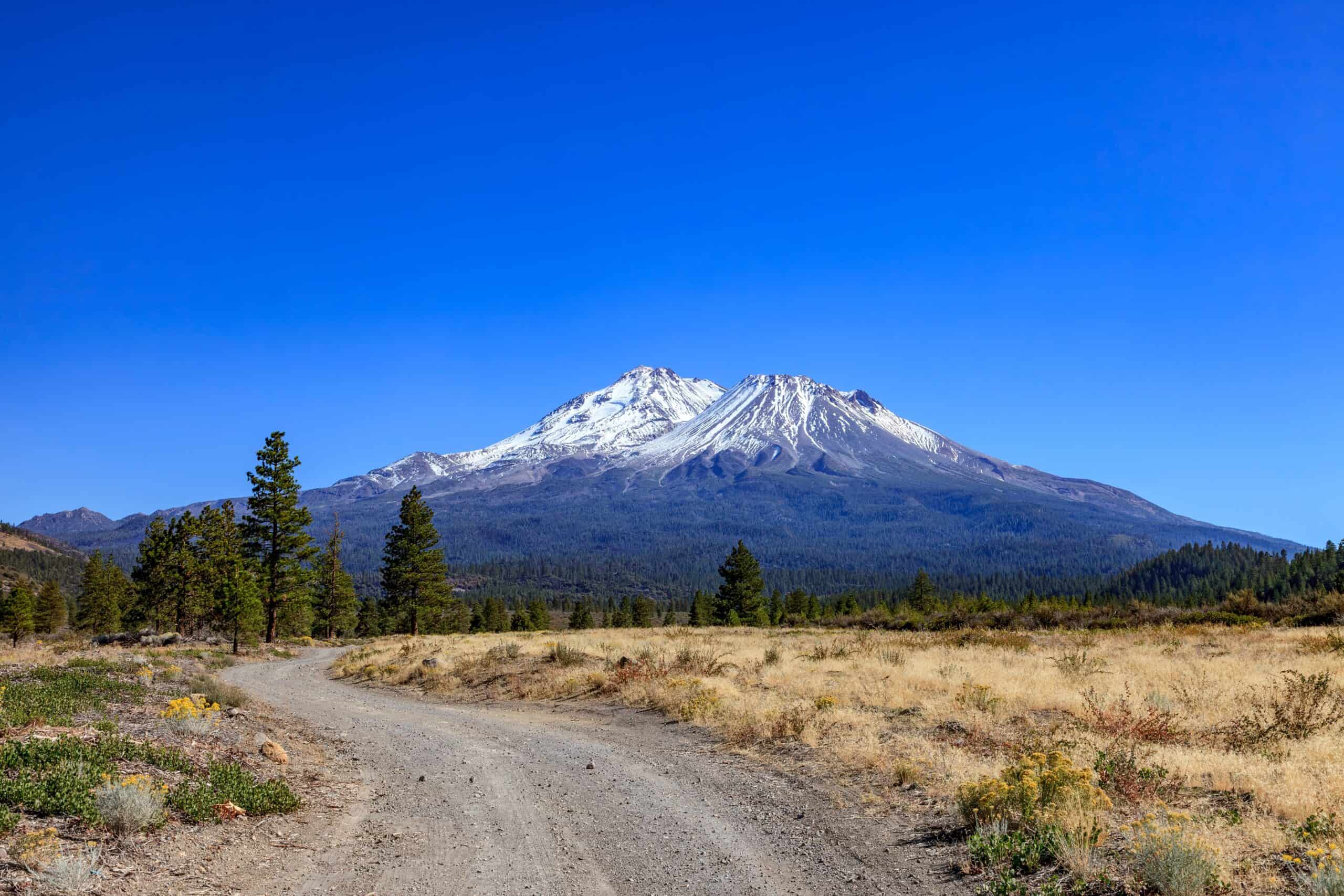
Mount Shasta, a 14,180-foot stratovolcano in northern California, is a mountain steeped in spiritual and mystical significance. To the indigenous Winnemem Wintu tribe, the mountain is the center of the world and the place where the Creator made the first humans. They regard it as a sacred site that must be protected and respected. Beyond its Native American significance, Mount Shasta has become a focal point for New Age spiritualists and mystics who believe the mountain is a source of powerful spiritual energy. It is often associated with various legends, including the belief that it is home to the ancient Lemurian civilization, whose members are said to live in a vast underground city beneath the mountain. The mountain’s striking presence and its reputation as a place of healing and spiritual awakening attract thousands of visitors each year, ranging from hikers and climbers to those seeking spiritual enlightenment. The combination of its physical majesty, its deep-rooted indigenous significance, and its role in contemporary spiritual movements make Mount Shasta one of the most legendary mountains in the world.
Mount Everest (Tibet/Nepal)
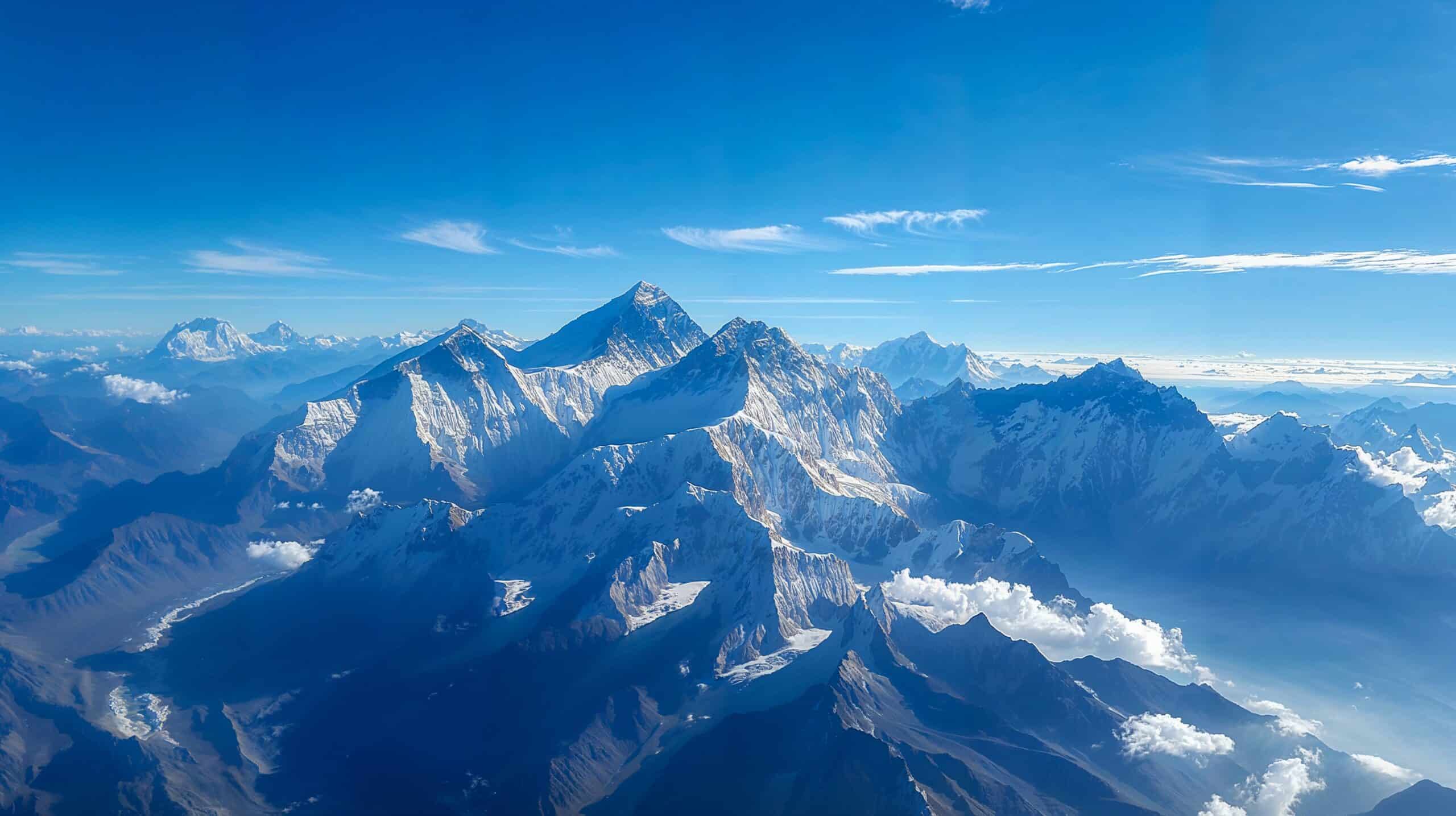
Mount Everest, the highest point on Earth at 29,029 feet, is more than just a challenge for mountaineers; it is also a mountain of profound spiritual significance. Known as Chomolungma in Tibetan, meaning “Mother of the World,” Everest is revered by the Sherpa people and other ethnic groups in the region. It is considered a sacred being, the goddess of the sky, and many rituals are performed to appease the spirits of the mountain before any climbing expeditions begin. The Rongbuk Monastery, located near the base of Everest on the Tibetan side, is the highest monastery in the world and a pilgrimage site for Buddhists. Despite its treacherous conditions and the dangers involved in its ascent, Everest continues to draw climbers from around the globe, each seeking to conquer its summit. However, for the local communities, the mountain is far more than just a peak to be scaled; it is a place of reverence, and every step taken on its slopes is considered sacred. Mount Everest’s dual identity as both a physical and spiritual giant makes it one of the most legendary and awe-inspiring mountains on Earth.
Uluru (Australia)
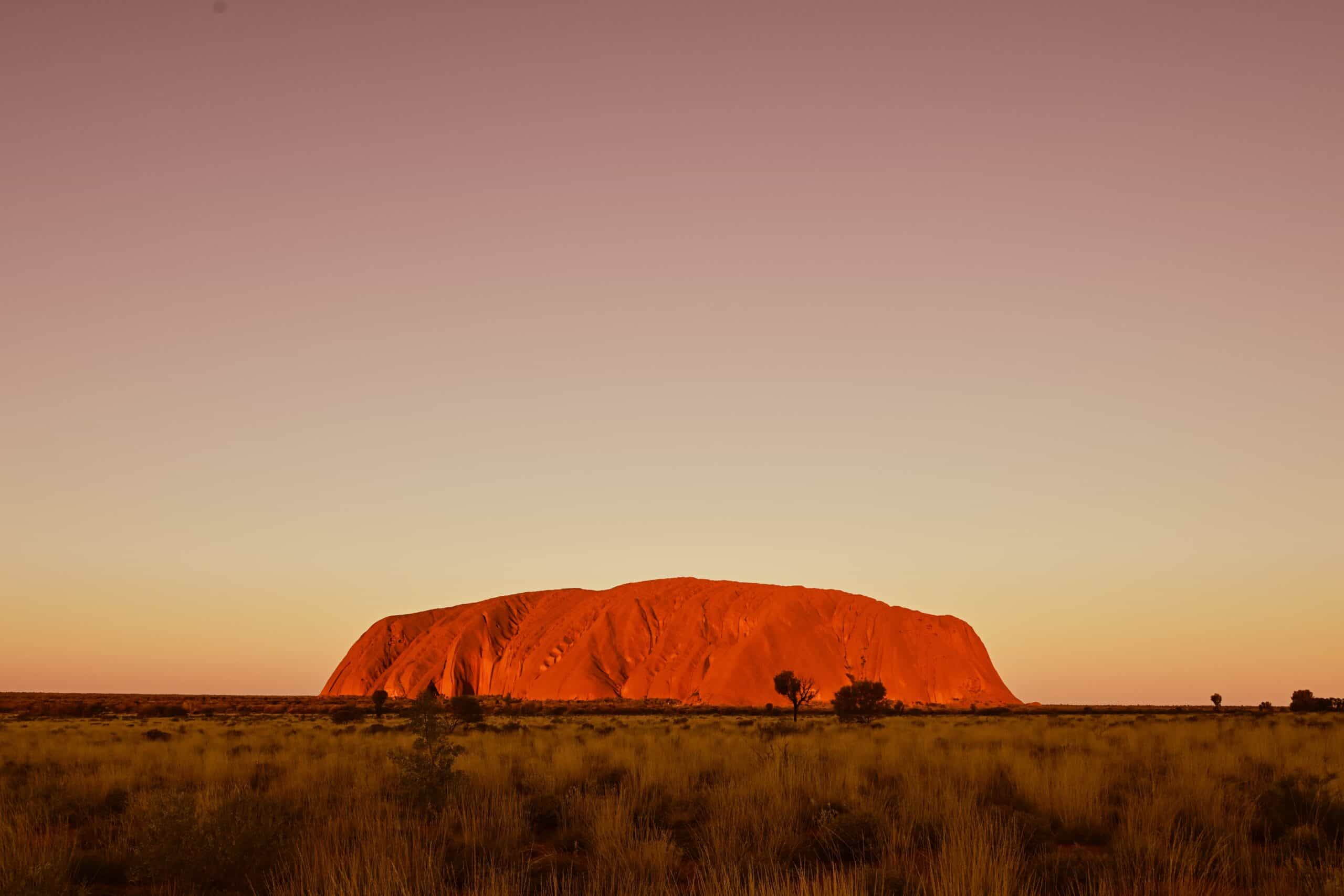
Uluru, also known as Ayers Rock, is a massive sandstone monolith rising 1,142 feet above the Australian Outback, with a circumference of nearly six miles. Located in the heart of Uluru-Kata Tjuta National Park, this iconic formation is one of Australia’s most famous landmarks and holds immense spiritual significance for the Anangu people, the traditional custodians of the land. According to Anangu Dreamtime stories, Uluru was formed by ancestral beings during the creation period, and the many caves, fissures, and rock formations on its surface are believed to be the physical manifestations of these beings. The site remains a focal point for ceremonies and rituals, and the Anangu people request that visitors respect its sacred nature by not climbing the rock. Uluru’s changing colors at different times of the day, especially during sunrise and sunset, are a sight to behold and add to its mystical allure. The combination of its natural beauty, its cultural importance to the Anangu people, and its role as a symbol of Australia’s spiritual heritage make Uluru one of the most legendary and spiritually significant mountains in the world.
Mount Ararat (Turkey)
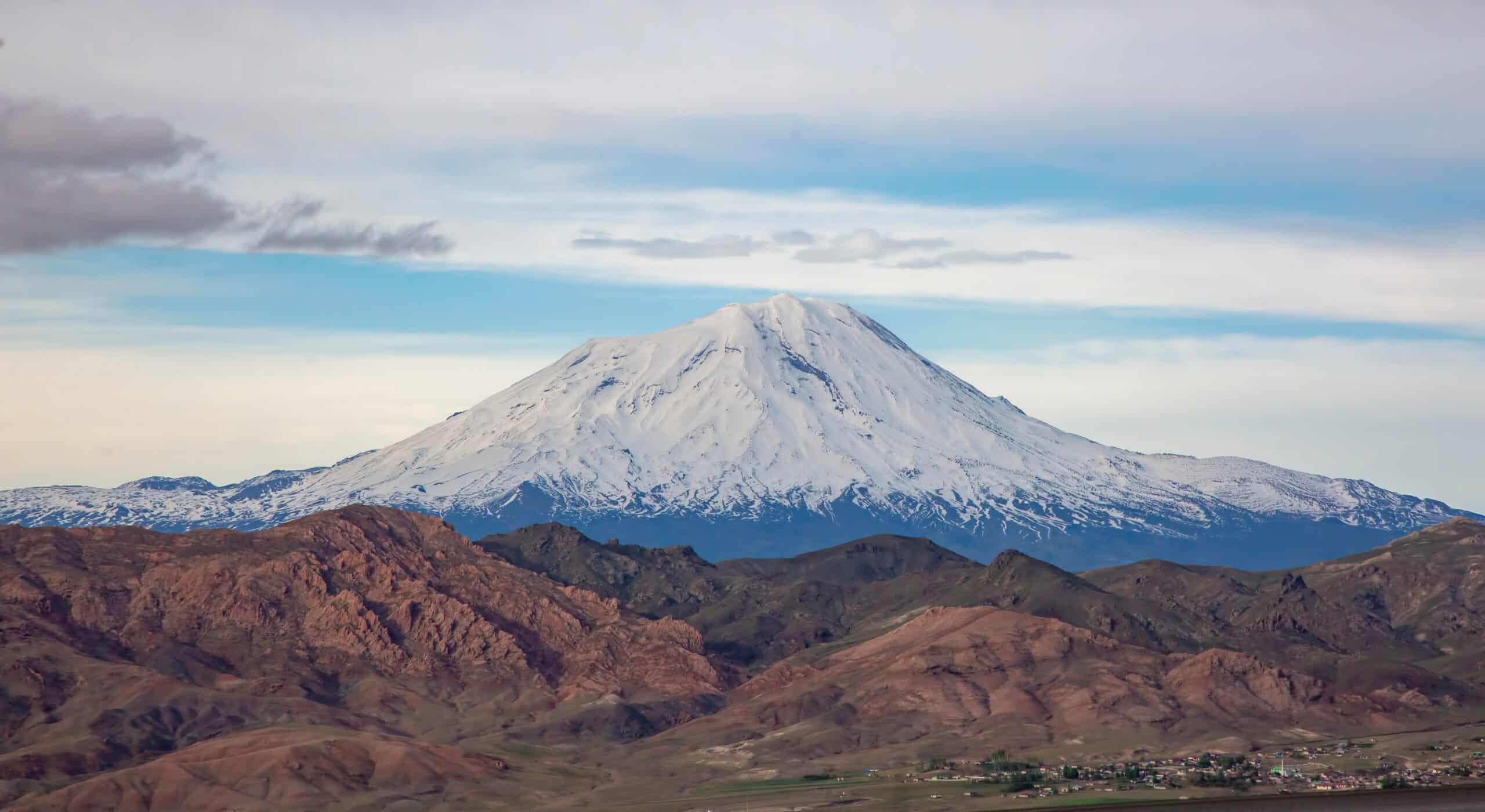
Mount Ararat, a dormant stratovolcano with a peak elevation of 16,854 feet, is located in eastern Turkey near the borders of Armenia and Iran. It is best known in Judeo-Christian tradition as the resting place of Noah’s Ark after the great flood described in the Bible. This association has made Mount Ararat a symbol of survival and divine promise, deeply embedded in the religious narratives of both Christianity and Judaism. For Armenians, Mount Ararat is also a symbol of national identity and cultural heritage, often depicted in art and literature as a representation of the Armenian homeland. The mountain’s twin peaks, Greater Ararat and Lesser Ararat, rise majestically above the surrounding plains, creating a breathtaking natural landscape that has inspired countless myths and legends. While Mount Ararat is a popular destination for trekkers and climbers, it is also a site of pilgrimage for those seeking a deeper connection with its historical and spiritual significance. The combination of its biblical associations, cultural importance, and natural grandeur makes Mount Ararat one of the most legendary mountains in the world.
Khan Tengri (Kazakhstan/Kyrgyzstan/China)
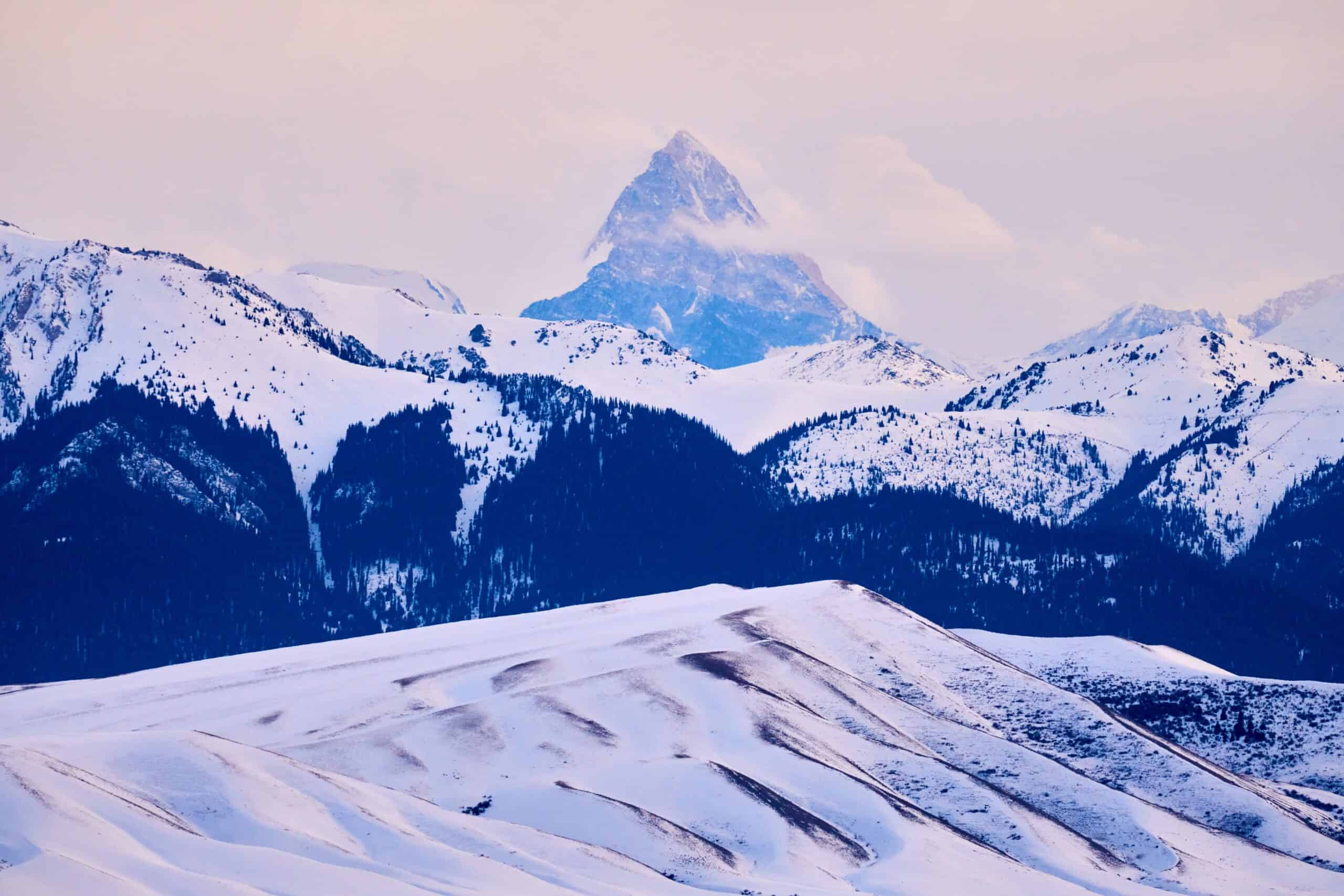
Khan Tengri, standing at 22,999 feet in the Tian Shan mountain range, is one of the most revered peaks in Central Asia. The mountain’s name, which means “Lord of the Spirits” or “King of the Sky,” reflects its significance in the ancient shamanistic religion of Tengrianism, practiced by the Turkic and Mongolic peoples of the region. In Tengrianism, Khan Tengri is considered the abode of the sky god Tengri, who is believed to govern the heavens and the earth. The mountain’s symmetrical, pyramid-like shape adds to its mystical allure, and its snow-capped peak often glows red in the sunset, earning it the nickname “Blood Mountain” among locals. Khan Tengri is also known for its challenging climbing conditions, with frequent avalanches, crevasses, and rapidly changing weather making it one of the most difficult peaks to summit. Despite these challenges, the mountain’s spiritual significance and its status as a symbol of natural beauty and power continue to draw climbers and pilgrims from around the world. Khan Tengri’s combination of cultural, religious, and natural significance makes it one of the most legendary mountains in the world.
Belukha Mountain (Russia/Kazakhstan)
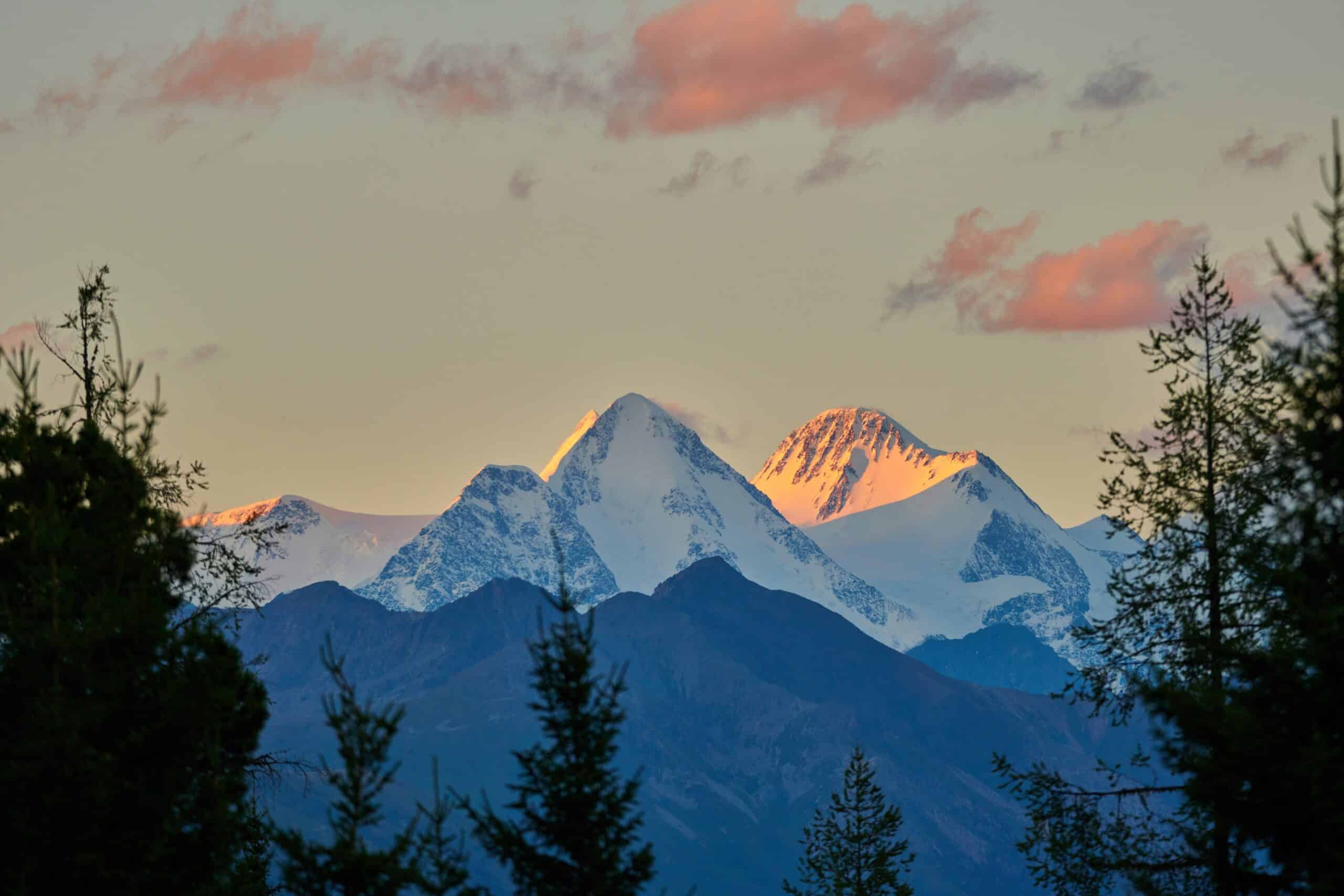
Belukha Mountain, at 14,783 feet, is the highest peak in the Altai Mountains and a place of profound spiritual significance. Located at the border between Russia and Kazakhstan, Belukha is considered sacred by the indigenous peoples of the Altai region, who believe it to be the gateway to Shambhala, a mythical kingdom of peace and enlightenment in Buddhist and Theosophical traditions. The Altaians also believe that Belukha is the abode of the goddess Umai, the protector of mothers and children. The mountain’s remote location, surrounded by glaciers and pristine wilderness, adds to its mystical aura, making it a place of pilgrimage for those seeking spiritual insight and connection with nature. Belukha’s twin peaks, Eastern Belukha and Western Belukha, rise dramatically above the surrounding landscape, creating a striking visual presence that has inspired numerous legends and artistic depictions. The combination of its spiritual significance, natural beauty, and cultural importance make Belukha Mountain one of the most legendary and revered mountains in Central Asia.
Mount Teide (Spain)
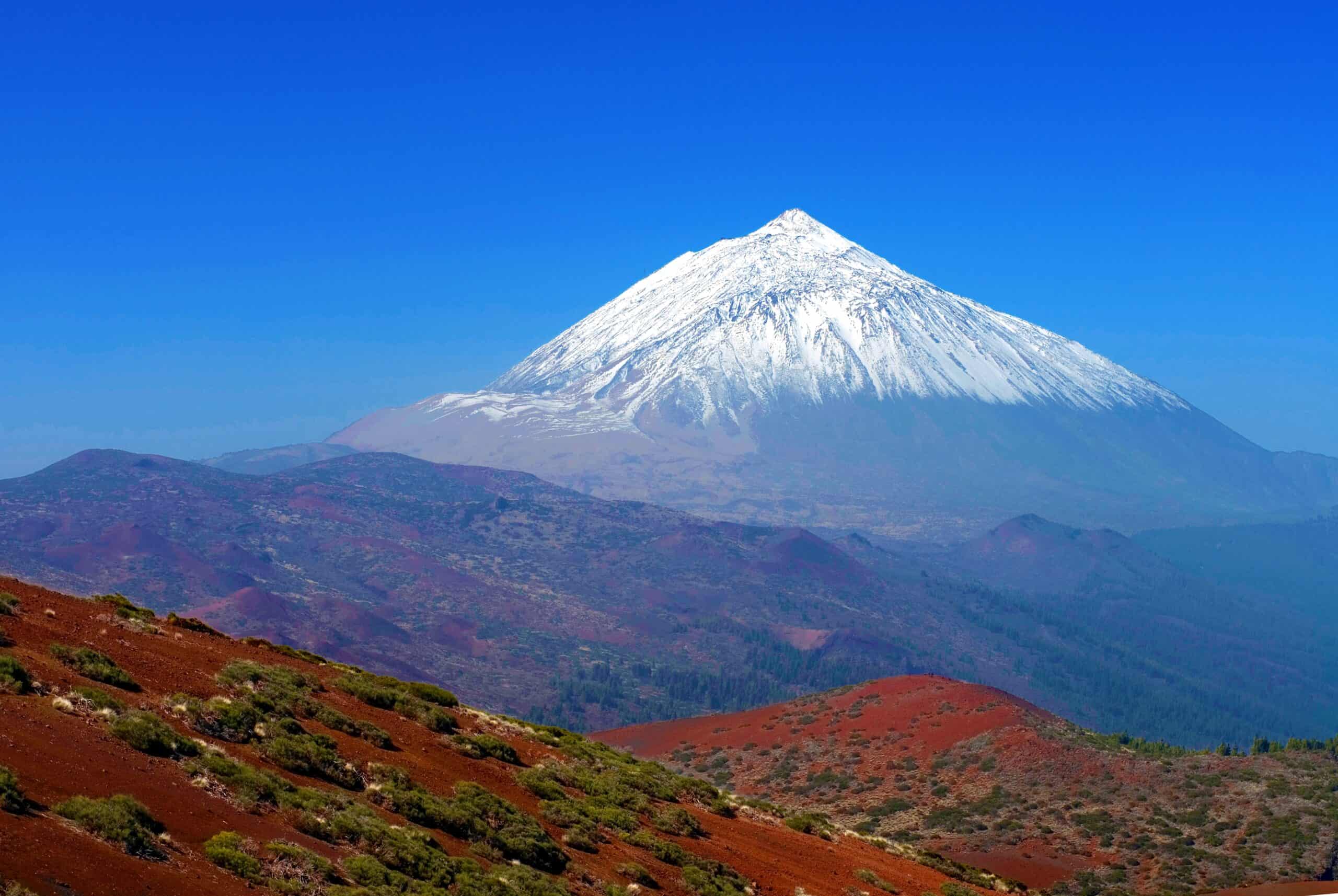
Mount Teide, an active stratovolcano on the island of Tenerife in the Canary Islands, is the highest peak in Spain, rising to 12,198 feet. The indigenous Guanches people revered Teide as a sacred mountain, believing it to be the dwelling place of the demon Guayota, who was trapped inside the volcano by the god of light, Magec. According to Guanche legend, the eruptions of Mount Teide were seen as the attempts of Guayota to escape, and the people would light bonfires to ward off his evil presence. Today, Mount Teide is a UNESCO World Heritage Site and one of the most visited national parks in Spain, attracting millions of tourists each year. The mountain’s stark, otherworldly landscape, with its lava fields and volcanic craters, has been compared to the surface of the moon, adding to its mystical allure. Teide’s unique geological features, combined with its cultural and spiritual significance, make it one of the most legendary mountains in the world, a place where the natural and supernatural worlds seem to converge.
Otgon Tenger (Mongolia)
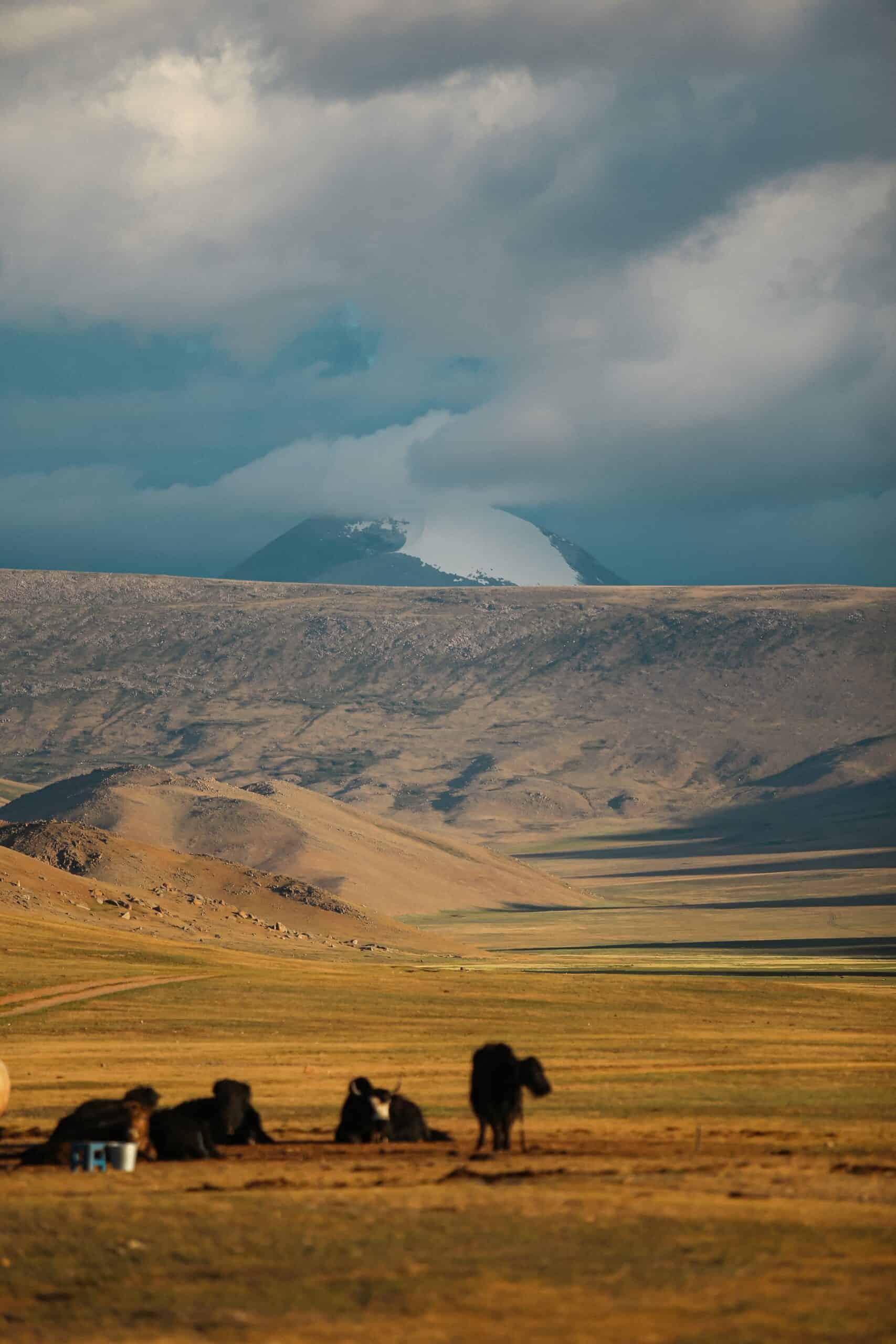
Otgon Tenger, meaning “The Youngest Sky,” is the highest peak in Mongolia’s Khangai Mountains, standing at 13,780 feet. This sacred mountain is revered in both Mongolian shamanism and Buddhism, and it is believed to be the home of a powerful deity who protects the land and its people. The mountain’s prominence and its glacier-capped summit make it a striking feature in the Mongolian landscape, and it has long been a site of pilgrimage and worship. The Mongolian government has recognized the spiritual significance of Otgon Tenger, and in 2015, they banned climbing on the mountain to protect its sacred status and the surrounding environment. The mountain is also associated with several tragic events, including avalanches that have claimed the lives of climbers, further adding to its mystical and revered status. Otgon Tenger’s combination of spiritual significance, natural beauty, and cultural importance make it one of the most legendary mountains in Mongolia and a symbol of the country’s deep connection to its natural and spiritual heritage.
Nevado Ausangate (Peru)
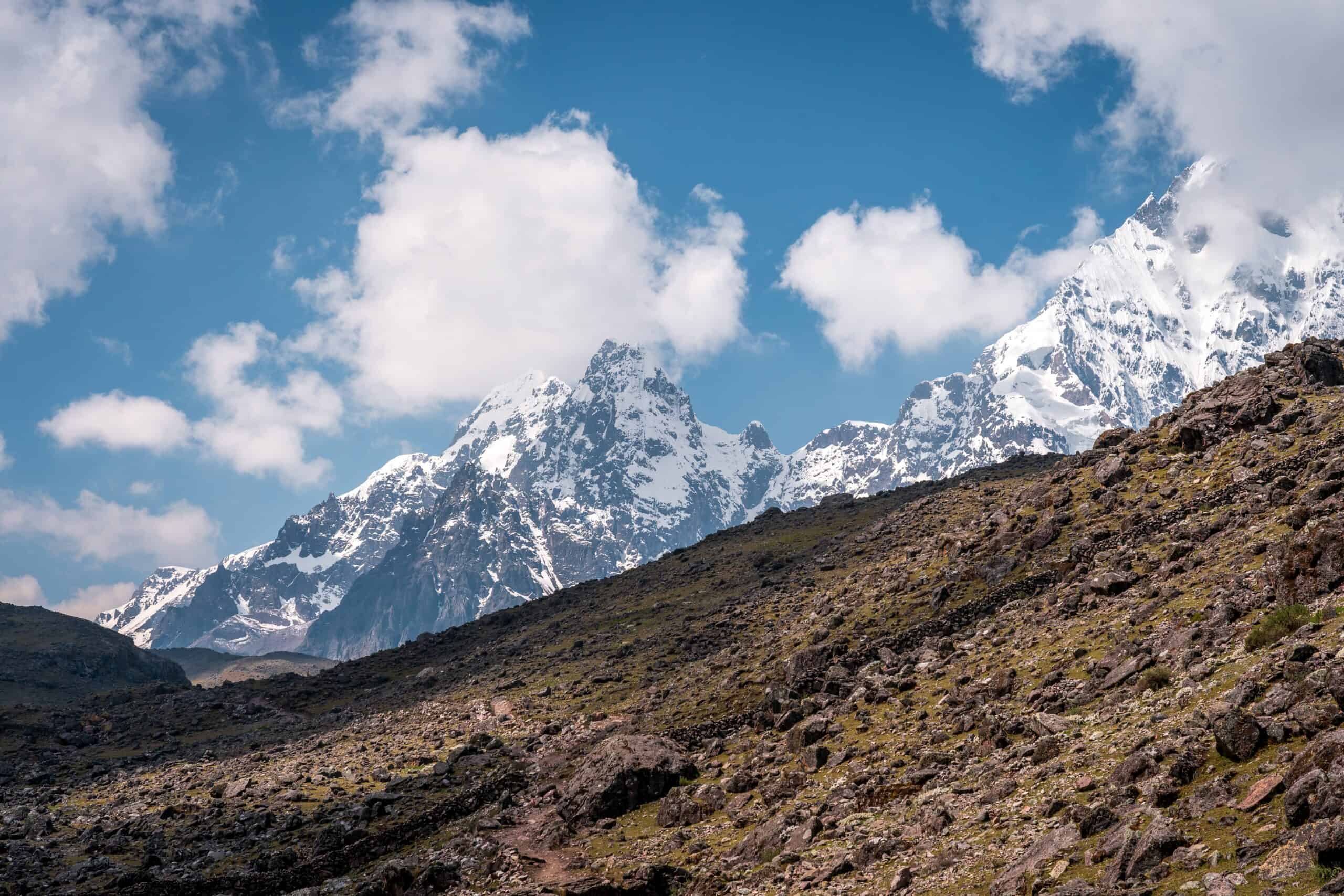
Nevado Ausangate, towering at 20,945 feet, is one of the most sacred mountains in the Peruvian Andes and a key site in Incan cosmology. Known as an Apu, or mountain spirit, Ausangate is believed to be a protector and provider of life-sustaining resources, particularly water, which flows from its glaciers to the surrounding valleys. The mountain is central to the Qoyllur Rit’i pilgrimage, one of the largest Indigenous spiritual gatherings in the Andes, where thousands of pilgrims trek through the high-altitude terrain to honor the mountain and seek its blessings. The pilgrimage, which combines Catholic and Indigenous traditions, culminates in a festival at the foot of the mountain, where rituals, dances, and offerings are made to the Apu. The striking landscape of Nevado Ausangate, with its snow-capped peaks, turquoise lakes, and rugged terrain, is not only a place of spiritual significance but also a destination for trekkers and adventurers. The mountain’s enduring importance in Andean culture and its role as a symbol of the connection between humans and nature make Nevado Ausangate one of the most legendary mountains in South America.
Mount Meru (India)
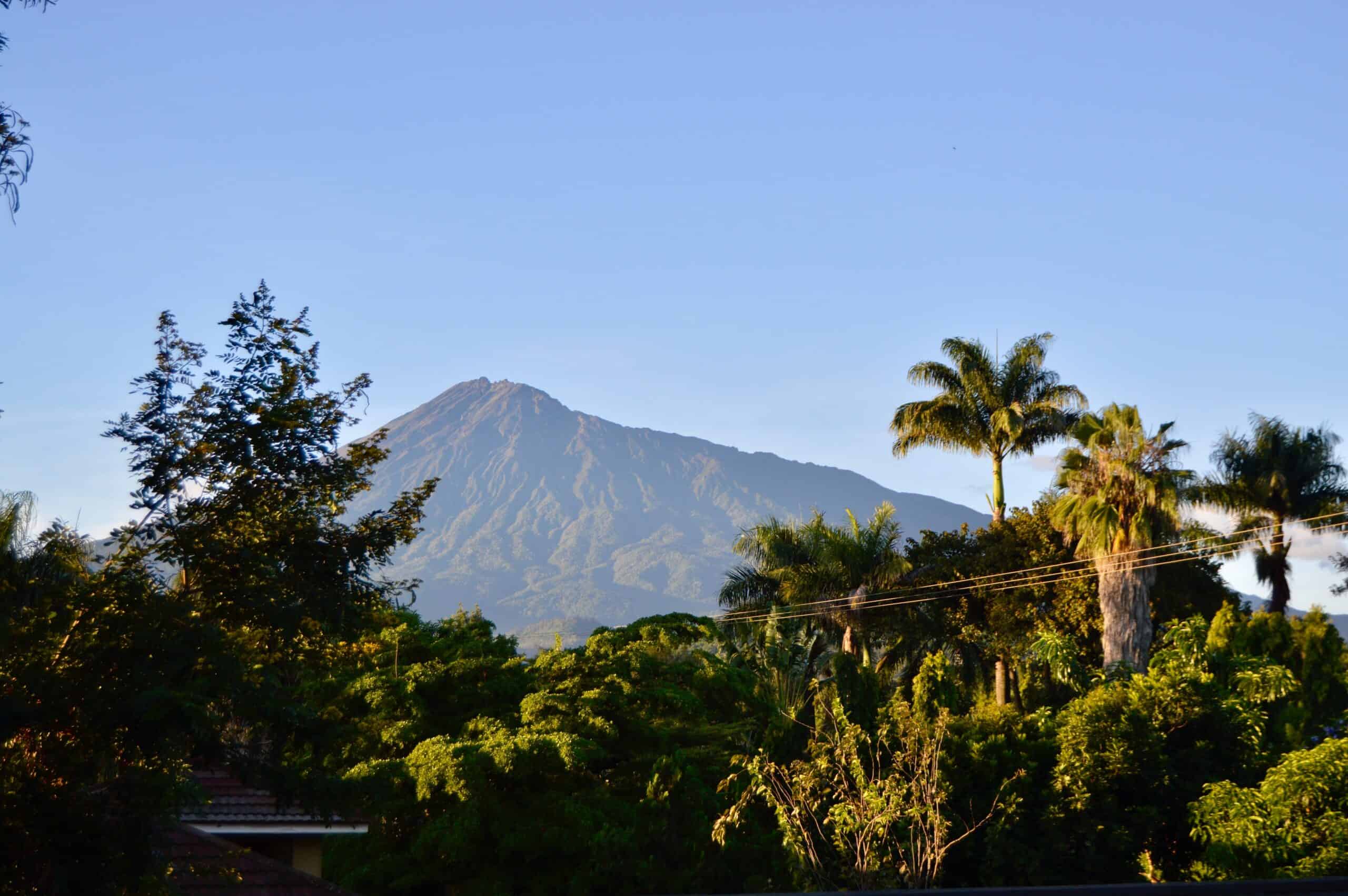
Mount Meru, often described as the center of the universe in Hindu, Buddhist, and Jain cosmology, is a mythical mountain of immense height and spiritual significance. While the physical Mount Meru is identified with various peaks in the Pamir range of Central Asia, the mountain is more often depicted as a cosmic pillar around which the universe revolves. In Hindu mythology, Meru is the home of the gods Shiva and Parvati, and it is often depicted as the axis mundi, the connection between heaven and earth. In Buddhist tradition, Mount Meru is the center of all physical, metaphysical, and spiritual universes, surrounded by a vast ocean and inhabited by various deities. The mountain is also significant in Jainism, where it is considered the abode of Tirthankaras, spiritual teachers who have achieved liberation. The concept of Mount Meru as the spiritual center of all creation underscores its legendary status in the world’s religions, making it a symbol of the connection between the physical and spiritual realms.
This article originally appeared on Rarest.org.
More from Rarest.org
Collecting classic firearms is a passion shared by many enthusiasts worldwide. These historical pieces not only represent significant milestones in firearm development but also hold immense value. Read more.
Throughout history, certain pieces of armor and weapons have captivated the imagination of historians and collectors alike. These artifacts tell tales of valor, power, and craftsmanship that have stood the test of time. Read more.

Vintage handbags are more than just accessories; they are pieces of fashion history. These bags are often appreciated, making them both stylish and smart investments. Read more.


